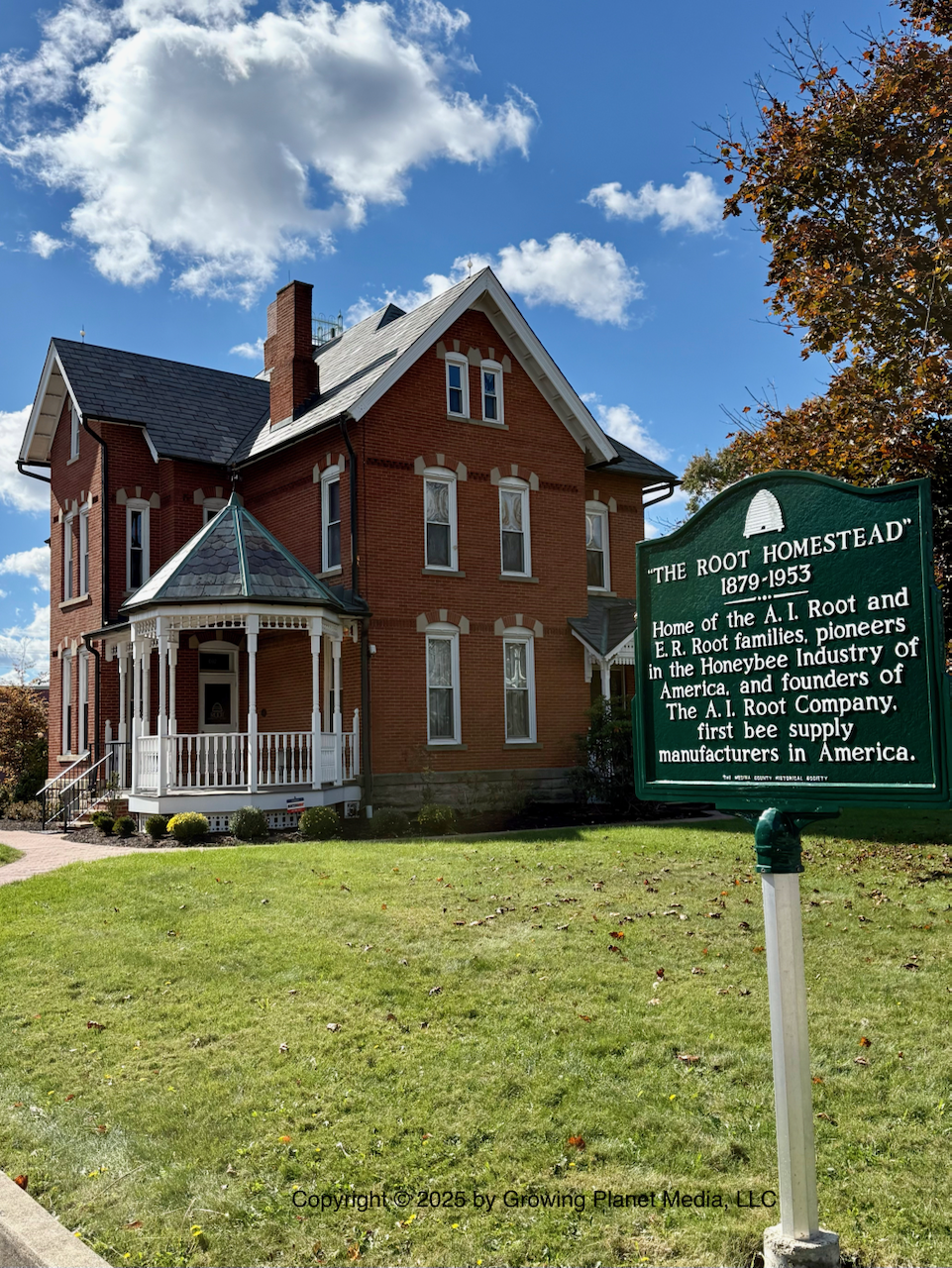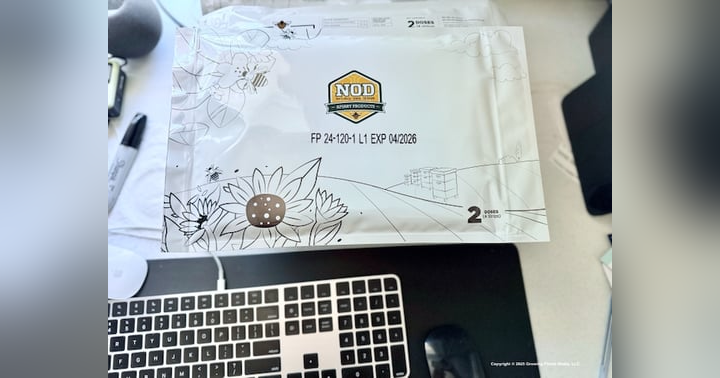A Visit to the Heart of American Beekeeping: The A.I. Root Company

Earlier this week, I had the privilege of visiting one of the most historically significant landmarks in American beekeeping: the A.I. Root Company in Medina, Ohio. For anyone who’s kept bees for more than a season—or cracked open an old beekeeping book—chances are you’ve come across the name A.I. Root. And for good reason. Root wasn’t just a manufacturer or a businessman. He was a pioneer, innovator, and evangelist for better beekeeping practices at a time when the industry was still in its infancy.
In the late 1800s, Amos Ives Root was already making waves in the watchmaking trade, but it was honey bees that captured his imagination. Root threw himself into beekeeping with the same precision and enthusiasm he once gave to gears and springs. He didn’t just build equipment—he helped define it. Root standardized the dimensions of bee hives (and gave wide support to Langstroth’s design), invented tools and methods still in use today, and perhaps most importantly, committed himself to education.
The Gleanings in Bee Culture journal—founded by Root in 1873—is still published today as Bee Culture Magazine, and the building I visited is the same one where Root and his team began distributing practical knowledge to beekeepers around the world. Gleanings quickly became a trusted voice in the beekeeping world, blending technical insight with reader letters, product reviews, and community discussion. Over the years, as the industry evolved, so did the publication—eventually rebranding as Bee Culture Magazine, still proudly produced in Medina. The magazine remains one of the most widely read and respected sources for beekeepers of all stripes, bridging generations of knowledge from A.I. Root’s time to the present.
Root’s influence wasn’t confined to equipment or publishing. He advocated for truth in honey labeling long before it was regulated, promoted clean wax and good practices, and was known for his deep moral convictions—especially his commitment to integrity in business and life. His interest in aviation even put him at the Wright brothers’ first flight—he was the only journalist present, and his article remains one of the most accurate and compelling firsthand accounts of that day.
What makes the story even more remarkable is that the legacy didn’t end with A.I. Root. His descendants carried the torch for decades. In fact, I was fortunate to speak with Brad Root—A.I.’s great-great-grandson—on two separate episodes of the Beekeeping Today Podcast. Brad shares the company’s incredible journey through both world wars, the Great Depression, the candle boom, and the shifting economics of American beekeeping. You can hear these rich, personal accounts in The First 50 Years with Brad Root (Episode 017) and The Company History: 1919 to the 1980s (Episode S2E01). They’re not just stories of a company—they’re stories of a family shaping the course of an entire industry.
Standing in the old factory space yesterday, now home to Bee Culture’s editorial offices and a small museum, I was struck by how much of our modern beekeeping practice is rooted (no pun intended) in the work of this one man and his family. The brick walls, the creaky floorboards, the original presses and type cases—they all speak to a legacy of craft, care, and community.
It’s easy to take for granted the conveniences of today’s beekeeping—ready-made hives, instructional videos, online forums—but none of that happens without someone starting the conversation. A.I. Root didn’t just sell boxes and beeswax. He helped professionalize an entire way of life.
If you ever find yourself in Medina, I strongly recommend a stop at the A.I. Root Company. It’s more than a historical footnote—it’s a living reminder of how far we’ve come, and of the people who helped us get here.
Stay tuned for a new Beekeeping Today Podcast Short episode recorded during my visit, where I talk with the current team about how Root’s legacy continues to influence their work—and ours.


 If you ever find yourself in Medina, I strongly recommend a stop at the A.I. Root Company. It’s more than a historical footnote—it’s a living reminder of how far we’ve come, and of the people who helped us get here.
If you ever find yourself in Medina, I strongly recommend a stop at the A.I. Root Company. It’s more than a historical footnote—it’s a living reminder of how far we’ve come, and of the people who helped us get here.













